If you're experiencing a lack of water in your kitchen sink or dishwasher, the first thing to check is the water supply valve. This valve controls the flow of water to your appliances and can sometimes become stuck or closed. Make sure the valve is fully open and try running the water again.1. Check the water supply valve
The faucet aerator is the small screen at the end of your kitchen sink faucet. Over time, it can become clogged with debris and affect the water flow. Remove the aerator and clean it thoroughly with a mixture of water and vinegar. This should help improve the water flow in your sink.2. Inspect the faucet aerator
Clogs in the sink drain can also cause a lack of water in your kitchen sink. Use a plunger to try and remove any blockages, or try using a drain snake to clear out any debris. If the problem persists, you may need to call a plumber to check for a more serious clog in your plumbing system.3. Look for clogs in the sink drain
If your dishwasher is not getting any water, it could be due to a kinked or damaged water supply line. Check the line for any bends or kinks and try to straighten it out. If the line is damaged, it may need to be replaced by a professional.4. Check the dishwasher's water supply line
The float switch in your dishwasher controls the water level and can sometimes become stuck, causing a lack of water. Find the float switch and make sure it is moving freely. If it is stuck, try to gently move it back and forth to loosen it up.5. Test the dishwasher's float switch
If you have a garbage disposal, it could be the culprit for your lack of water. Sometimes food particles and debris can get stuck in the disposal and cause a blockage. Run the disposal to see if this helps improve the water flow in your sink.6. Check the garbage disposal
The inlet valve is responsible for allowing water to enter your dishwasher. It can become clogged or damaged over time, causing a lack of water. Check the valve for any debris and clean it out if necessary. If the valve is damaged, it may need to be replaced by a professional.7. Inspect the dishwasher's inlet valve
The water pump in your dishwasher is responsible for pumping water into the dishwasher. If it is not working properly, it can cause a lack of water. Check the pump for any signs of damage or wear and tear, and replace it if necessary.8. Check for a faulty water pump
Similar to the dishwasher's water supply line, the main water line to your kitchen could also be the source of the problem. Check for any kinks or damage and try to straighten the line or have it replaced by a professional.9. Look for a kinked or damaged water line
If none of the above solutions seem to be the cause of your lack of water, it could be an issue with the water pressure in your home. Low water pressure can affect the flow of water to your kitchen sink and dishwasher. Contact your water provider to check if there are any known issues with the water pressure in your area. In conclusion, a lack of water in your kitchen sink or dishwasher can be frustrating, but it is usually a simple fix. By checking these common causes and following the steps outlined above, you should be able to resolve the issue and have your water flowing again in no time.10. Check the water pressure in your home
How to Deal with No Water in Kitchen Sink or Dishwasher

The Importance of Water in a Functional Kitchen
 Water is an essential element in any kitchen. It is used for cooking, cleaning, and even drinking. The sink and dishwasher are two key components in a functional kitchen that heavily rely on water. But what happens when there is no water in these crucial areas? This is a common problem that many homeowners face, and it can quickly disrupt the flow of daily tasks in the kitchen. No water in the kitchen sink or dishwasher can be caused by various issues, but the good news is, there are solutions to address this problem.
Water is an essential element in any kitchen. It is used for cooking, cleaning, and even drinking. The sink and dishwasher are two key components in a functional kitchen that heavily rely on water. But what happens when there is no water in these crucial areas? This is a common problem that many homeowners face, and it can quickly disrupt the flow of daily tasks in the kitchen. No water in the kitchen sink or dishwasher can be caused by various issues, but the good news is, there are solutions to address this problem.
Check the water supply
 The first step in resolving the issue of no water in the kitchen sink or dishwasher is to check the water supply. This may seem obvious, but it is a common oversight. Make sure the main water valve is turned on, and there are no leaks or issues with the water supply line. If the water supply is the culprit, contact a plumber to fix any issues with the main water line.
The first step in resolving the issue of no water in the kitchen sink or dishwasher is to check the water supply. This may seem obvious, but it is a common oversight. Make sure the main water valve is turned on, and there are no leaks or issues with the water supply line. If the water supply is the culprit, contact a plumber to fix any issues with the main water line.
Inspect the faucet and pipes
 If the water supply is not the problem, the next step is to check the kitchen faucet and pipes. Over time, buildup and debris can clog the faucet aerator, hindering the flow of water. Cleaning or replacing the aerator can improve water pressure and resolve the issue. Additionally, inspect the pipes for any leaks or blockages that may be causing the lack of water in the sink or dishwasher.
If the water supply is not the problem, the next step is to check the kitchen faucet and pipes. Over time, buildup and debris can clog the faucet aerator, hindering the flow of water. Cleaning or replacing the aerator can improve water pressure and resolve the issue. Additionally, inspect the pipes for any leaks or blockages that may be causing the lack of water in the sink or dishwasher.
Examine the dishwasher
 If the dishwasher is not receiving any water, there may be an issue with the dishwasher itself. Check the water inlet valve, which controls the flow of water into the dishwasher, and make sure it is not clogged or damaged. If the valve is functioning correctly, there could be an issue with the dishwasher's water pump, which may need to be replaced.
If the dishwasher is not receiving any water, there may be an issue with the dishwasher itself. Check the water inlet valve, which controls the flow of water into the dishwasher, and make sure it is not clogged or damaged. If the valve is functioning correctly, there could be an issue with the dishwasher's water pump, which may need to be replaced.
Consider a kitchen remodel
 If these solutions do not resolve the problem of no water in the kitchen sink or dishwasher, it may be time to consider a kitchen remodel. Older homes may have outdated plumbing systems that are not equipped to handle the demands of modern kitchen appliances. Upgrading to new pipes, faucets, and fixtures can not only improve water flow but also enhance the overall functionality and aesthetics of the kitchen.
In conclusion, having no water in the kitchen sink or dishwasher can be a frustrating and inconvenient problem. However, by following these steps and seeking professional help when needed, you can resolve the issue and get your kitchen back to functioning properly. Remember to regularly maintain and inspect your kitchen's water supply and appliances to prevent future issues.
If these solutions do not resolve the problem of no water in the kitchen sink or dishwasher, it may be time to consider a kitchen remodel. Older homes may have outdated plumbing systems that are not equipped to handle the demands of modern kitchen appliances. Upgrading to new pipes, faucets, and fixtures can not only improve water flow but also enhance the overall functionality and aesthetics of the kitchen.
In conclusion, having no water in the kitchen sink or dishwasher can be a frustrating and inconvenient problem. However, by following these steps and seeking professional help when needed, you can resolve the issue and get your kitchen back to functioning properly. Remember to regularly maintain and inspect your kitchen's water supply and appliances to prevent future issues.





:max_bytes(150000):strip_icc()/GettyImages-1057621140-78ab2e946841421d9a7efeebe02935d2.jpg)
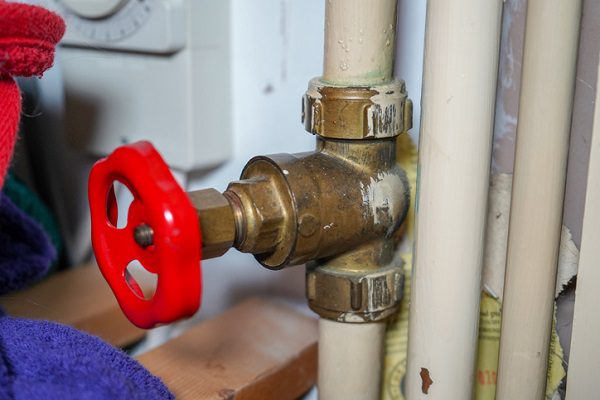

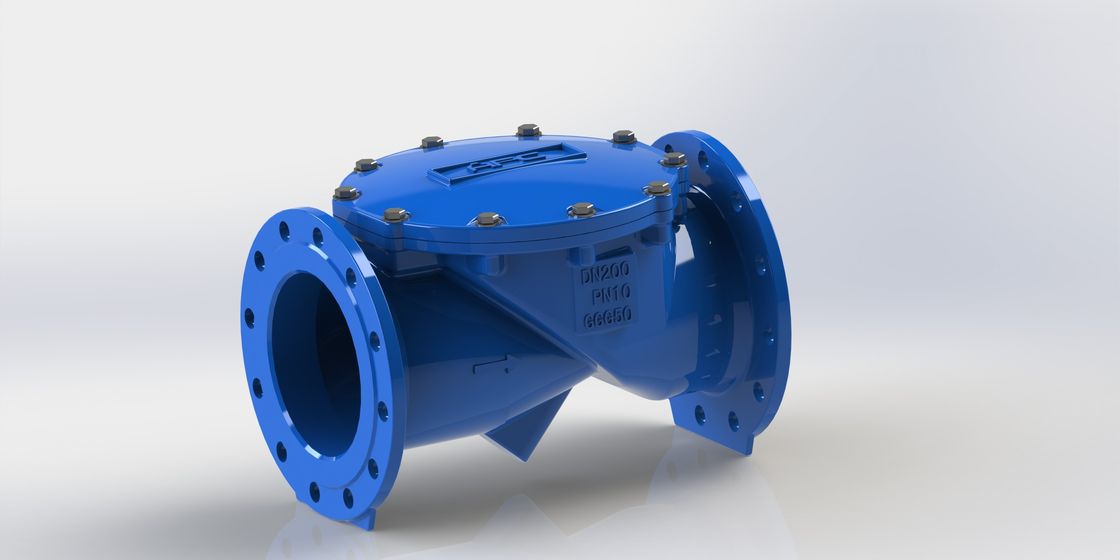

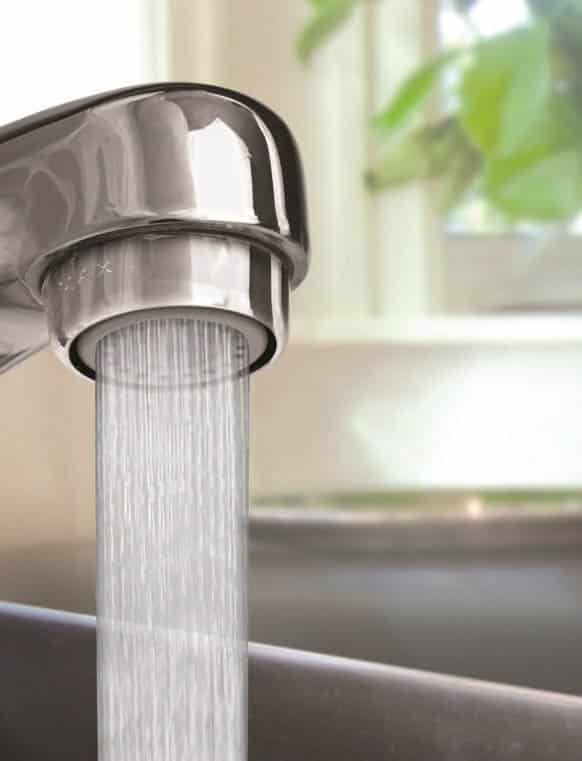



/fixing-a-tap-459986221-5afc675431283400371f7872.jpg)









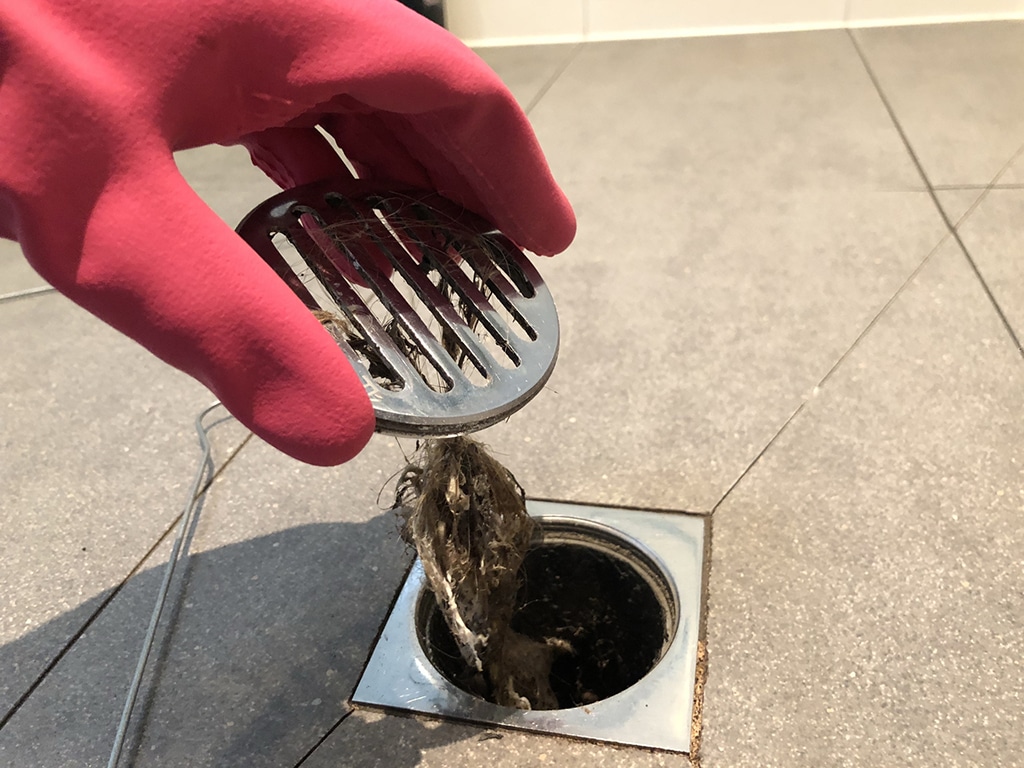

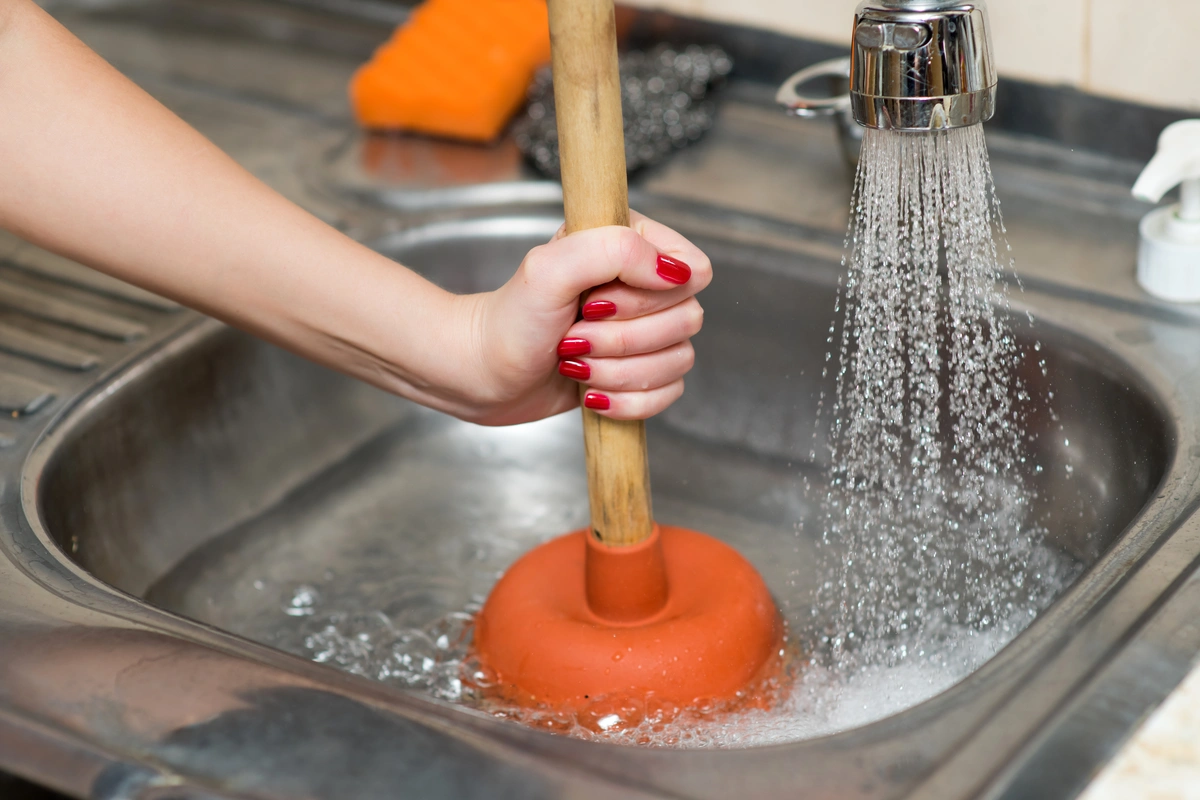



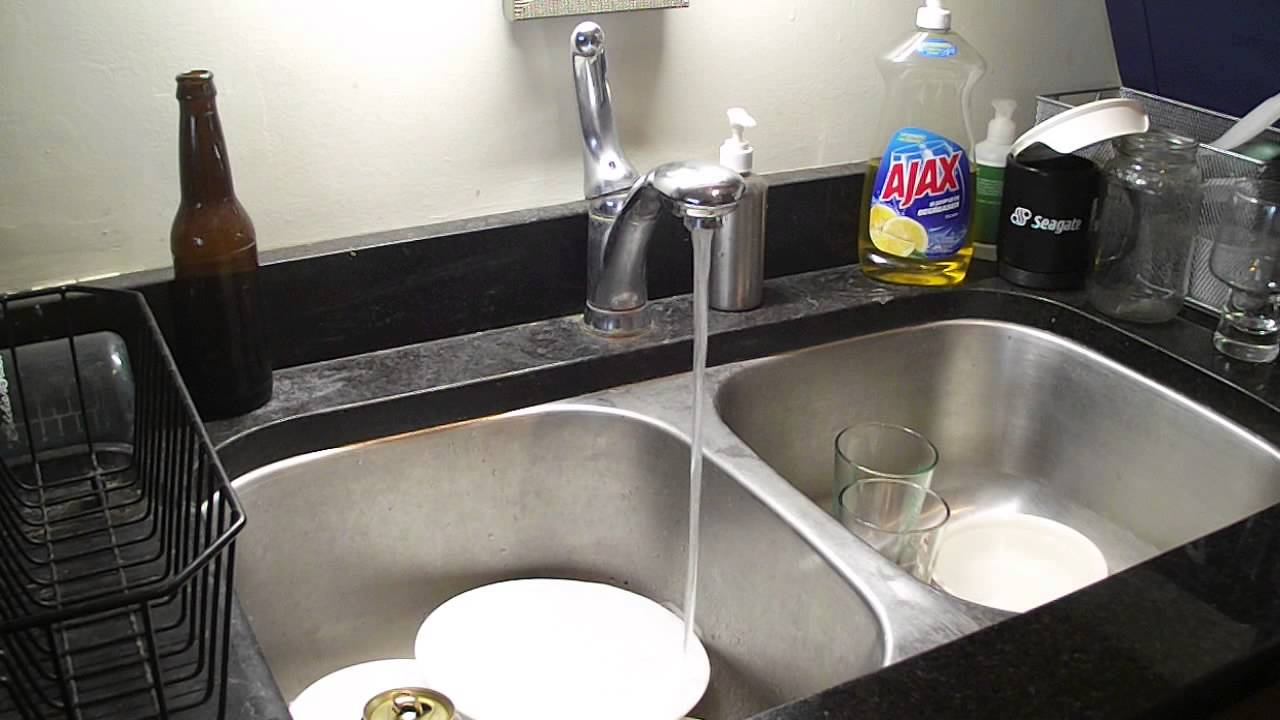

:max_bytes(150000):strip_icc()/SPR-HOME-v2-8-best-drain-openers-4177167-8e4b5c1d411f4b888b7b67f53252aa86.jpg)




:max_bytes(150000):strip_icc()/how-to-install-a-dishwasher-2718667-06-aaec68d4efa74725a6c42c3581155864.jpg)






:max_bytes(150000):strip_icc()/install-dishwashers-1152233-04-28079da48a0544a48552b65090ca6c0d.jpg)

















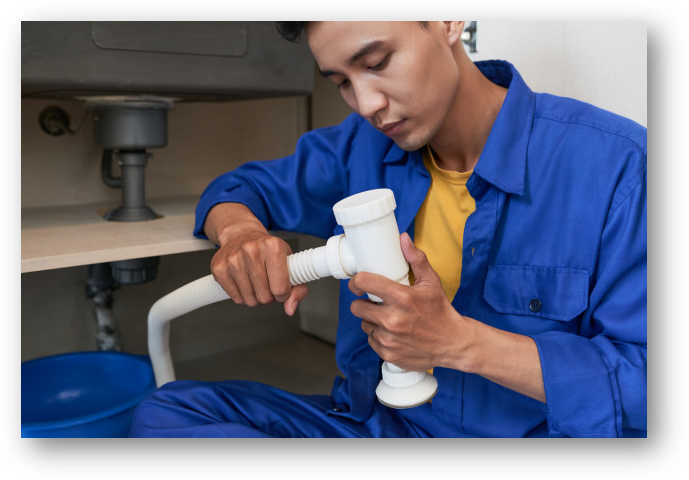












































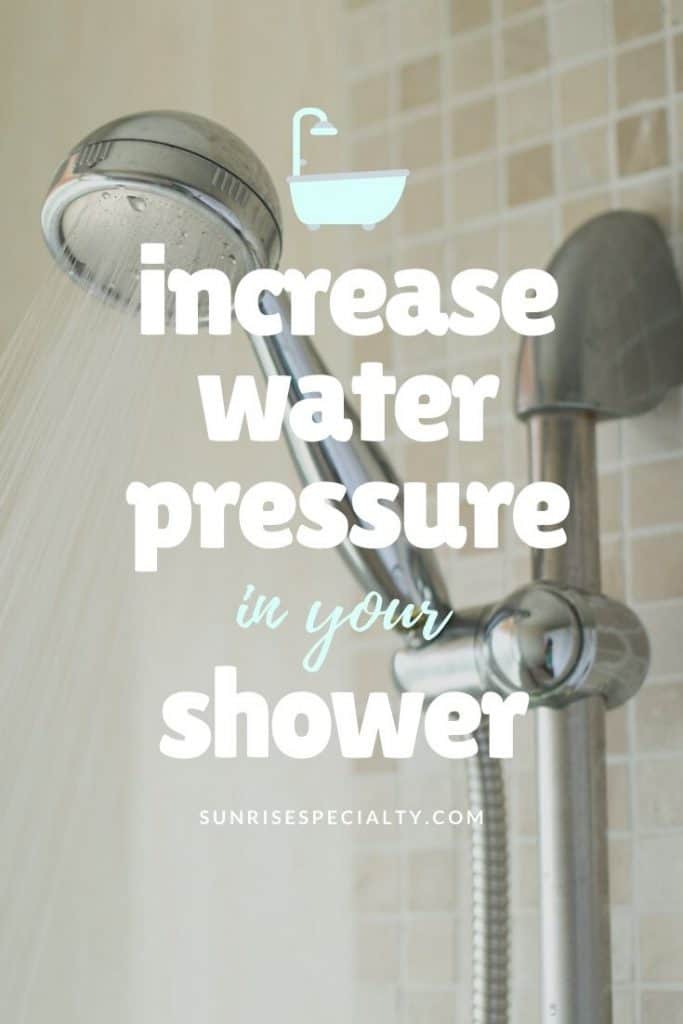

:max_bytes(150000):strip_icc()/the-men-s-hand-opens-the-ball-valve-on-the-collector-1006810456-5c5fc73fc9e77c000159c4af.jpg)



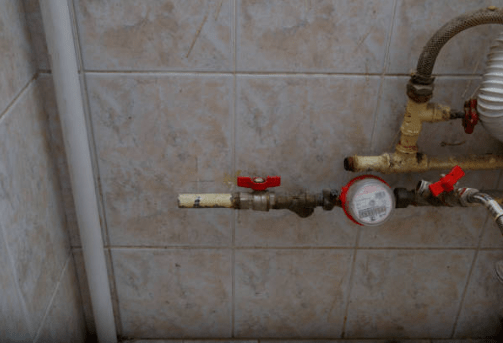



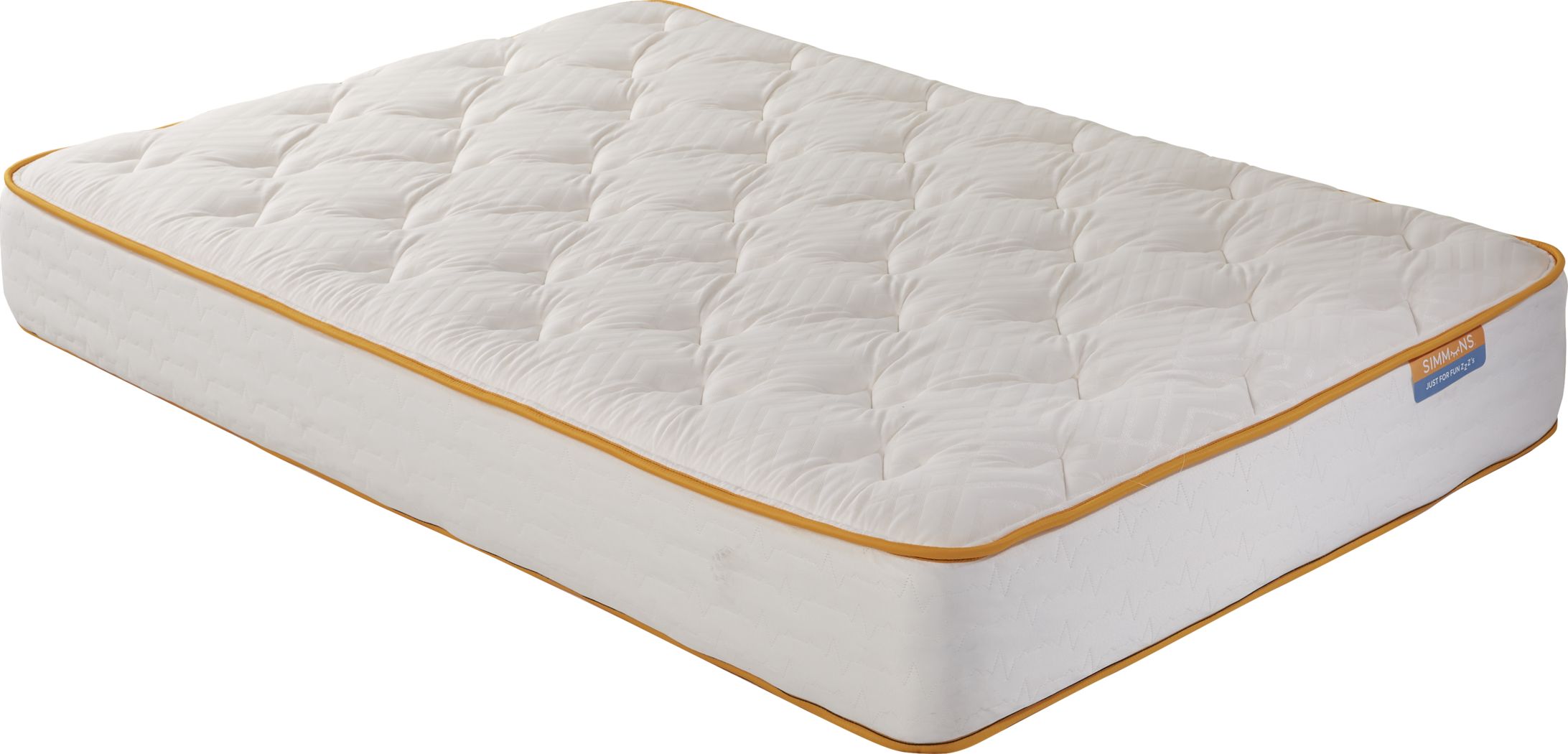
:max_bytes(150000):strip_icc()/Layerwhiteonwhite-fd4a1982518b4bcb85f576d6d44c216f.jpg)


